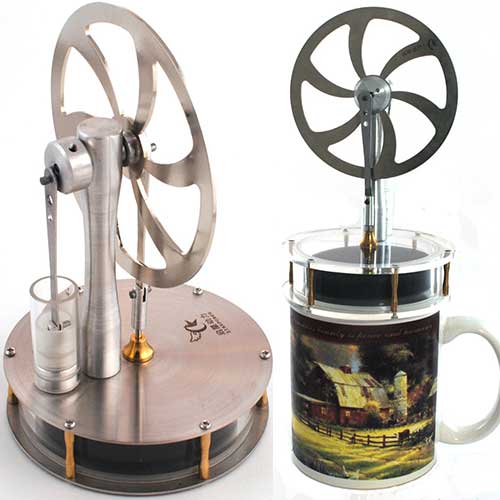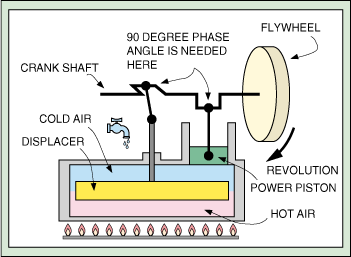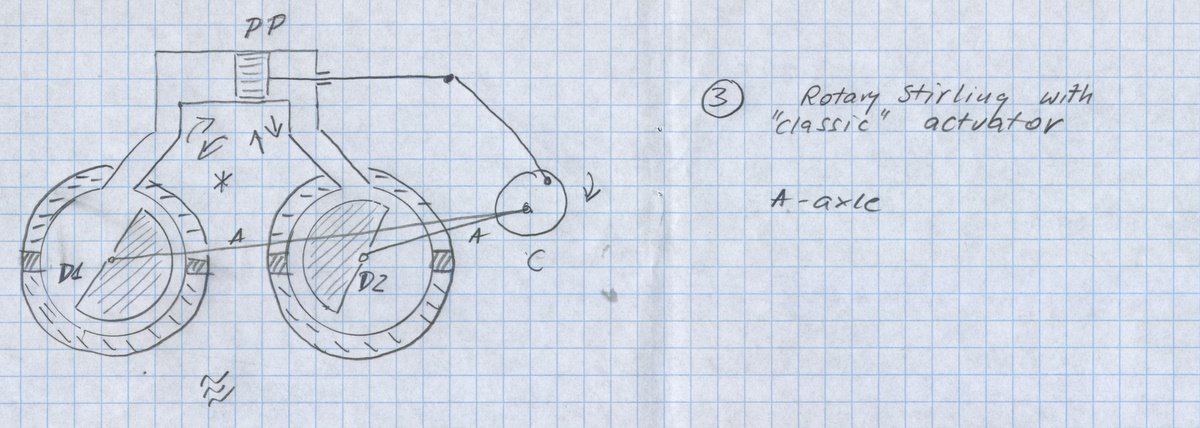Hi all, came across this side and youtube vid.
Tamera - SolarVillage Testfield 2011 - YouTube
They have a large Stirling solar engine powering real stuff, a solar "village"
Operating temp as low as 100c to 200c !
Low RPM
1.5kW Electrical output
1.7 kW Mechanical output
It's a low RPM Stirling type engine, operating gas is normal unpressurized air. and they use either water or oil as a heat transfer medium.
They also incorporate some other solutions, as energy storage they use a large drum filled with small stone to store heated fluid. Later to be used on demand with the Stirling.
They even manage to use the same working fluid for cooking and other household equipment.
They use the sun, (even the greenhouse sun is fresnelled into heat) But i can see this also working on a small fireplace, burner !
It even seems doable as a DIY project if you have some welding skills.
Anyway, just to inform
Cheers
Not OU , but it is not often you see a Stirling engine doing actual work.
Tamera - SolarVillage Testfield 2011 - YouTube
They have a large Stirling solar engine powering real stuff, a solar "village"
Operating temp as low as 100c to 200c !
Low RPM
1.5kW Electrical output
1.7 kW Mechanical output
It's a low RPM Stirling type engine, operating gas is normal unpressurized air. and they use either water or oil as a heat transfer medium.
They also incorporate some other solutions, as energy storage they use a large drum filled with small stone to store heated fluid. Later to be used on demand with the Stirling.
They even manage to use the same working fluid for cooking and other household equipment.
They use the sun, (even the greenhouse sun is fresnelled into heat) But i can see this also working on a small fireplace, burner !
It even seems doable as a DIY project if you have some welding skills.
Anyway, just to inform
Cheers
Not OU , but it is not often you see a Stirling engine doing actual work.







Comment